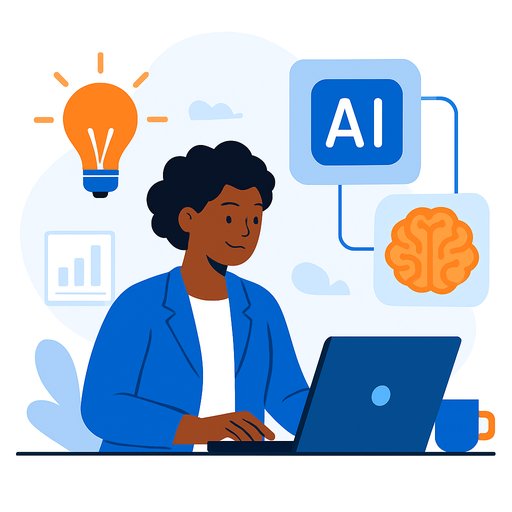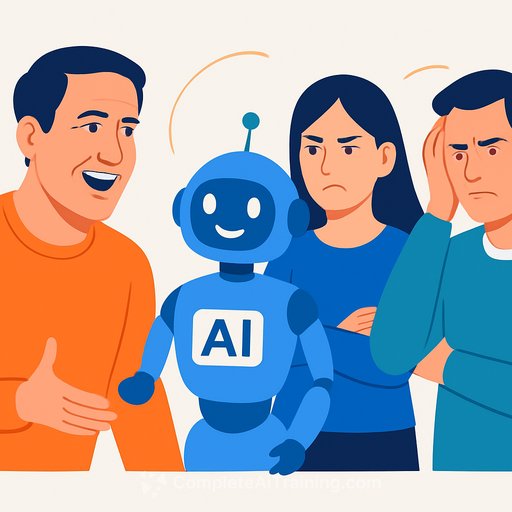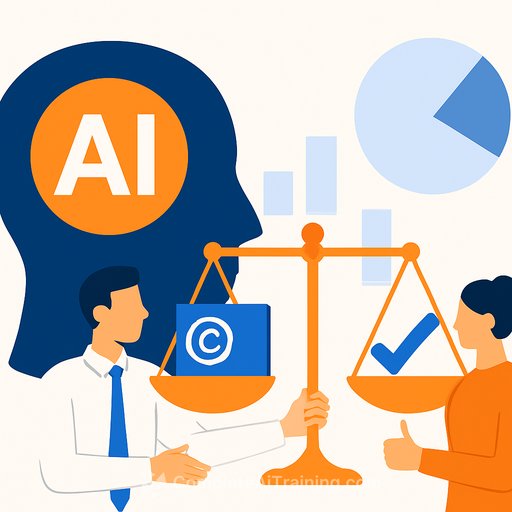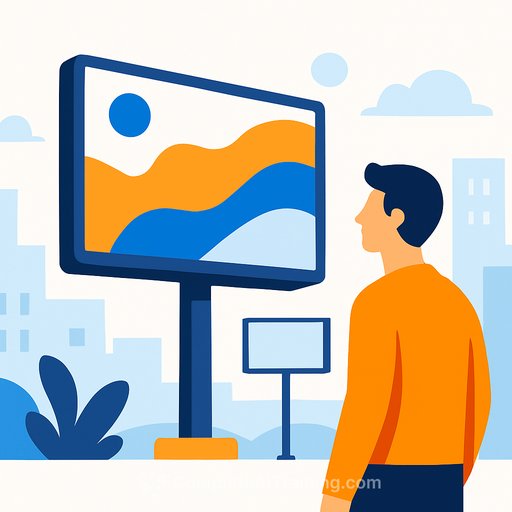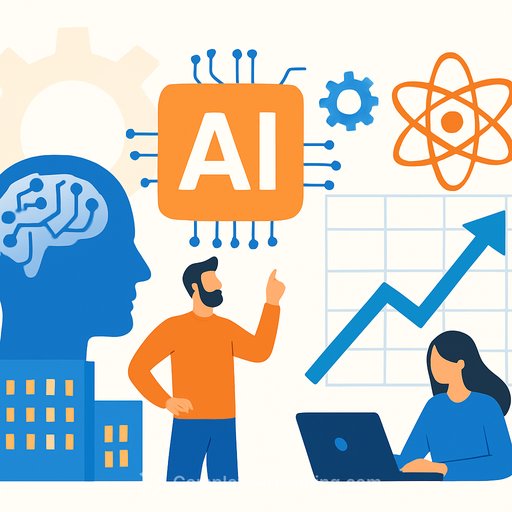"A New Kind of Creative Ecosystem": AI and Art with Tonye Brown
18/11/2025 - Tag Production Agency, London, UK
Tonye Brown leads technology across EMEA at Tag. He's spent 15+ years delivering transformation at scale, progressing from implementation manager to global head of implementation. Today, he's rolling out an AI-powered content engine for enterprise clients and helping teams work smarter without losing the human touch.
Where AI actually helps creatives work better
For Tonye, AI reduces friction. It helps him unpack complex ideas, structure thinking, and communicate with clarity. Research and first drafts move faster, which frees time for strategy, direction, and creative problem-solving.
It also improves quality. In multi-author proposals and RFPs, AI helps keep tone consistent, language clear, and requirements aligned. The result: tighter submissions that reflect a team's collective expertise without sounding stitched together.
Building client confidence: low-risk pilots, clear guardrails
Clients want the upside of AI without the risk. The big worries are data privacy, training on brand assets, originality, compliance, and staying on-brand.
Tonye's approach: educate, then experiment. Start with low-risk, high-value use cases like conversational AI to speed workflows and generative tools to spark ideation (not replace it). Set guardrails, test outputs against brand standards, and be transparent about how tools are used. Confidence follows results.
Keep the human in the loop
AI is a creative partner, not a replacement for instinct. Human judgment decides what ships. That's how work stays original, on-brand, and emotionally resonant.
Many of the more progressive clients add extra approval steps for AI-assisted content. It's a practical balance: scale and efficiency from AI, empathy and nuance from people.
Stop mixing up AI and automation
Automation streamlines repetitive tasks. AI deals with context and learning. They're different, and they work best together-AI makes automated processes smarter so they deliver better outputs, not just faster ones.
Ethics that actually show up in the work
- Protect human craft: culture, emotion, and context still need people-especially in transcreation and sensitive campaigns.
- Respect data: be clear on consent, privacy, and security in any AI-assisted workflow.
- Audit for bias: monitor outputs for skew, and mitigate it with process and oversight. Some teams add approvals for AI-assisted production to reduce risk.
Useful references: the ICO's guidance on AI and data protection and the NIST AI Risk Management Framework.
How attitudes are shifting
Familiarity has increased. Teams see that AI can enhance creative output when paired with strong craft and good process. There's still hesitation, but it's more about doing it right than fear of the tools.
New forms of art are arriving
AI is enabling multi-modal work that blends words, visuals, sound, and interactivity in real time. Stories can adapt as they're told-matching tone with imagery and music-so audiences feel the intent, not just read it.
We're already seeing fully AI-generated music artists where voice, lyrics, branding, and visuals are all machine-produced. That's a new kind of creative ecosystem-technology and artistry merging to create formats that didn't exist before.
A measured view on creativity's future
Tonye is both optimistic and cautious. With clear guardrails, AI can support craft, streamline workflows, and open new directions.
Music raises tough questions. With only 12 notes and many melodies overlapping, AI's ability to replicate studio-quality songs pushes on originality, ownership, and the value of emotion in art.
What changes next for creative tech teams
Short term: less time on repetitive work, more time on creative problem-solving and deeper technical skill. That's already happening.
Next step: AI as a decision partner. It will spot patterns, flag issues before they hit production, and offer guidance that improves choices. Leadership will spend more time designing, integrating, and improving intelligent systems-not herding tasks. People aren't replaced; their skills are amplified.
A practical playbook for creatives
- Start with low-risk pilots that have clear success metrics.
- Define guardrails: data use, brand standards, and approval steps.
- Separate automation (speed) from AI (judgment) in your workflows.
- Use AI to unify tone and structure in multi-author documents and decks.
- Add bias checks and human review to anything public-facing.
- Be transparent with clients about tools, process, and data handling.
Upskill without the guesswork
If you're building creative workflows with AI, explore focused learning paths for your role: Courses by job.
AI isn't replacing your taste, your eye, or your voice. It's the system that clears the noise so your best ideas get more of your time.
Your membership also unlocks:

